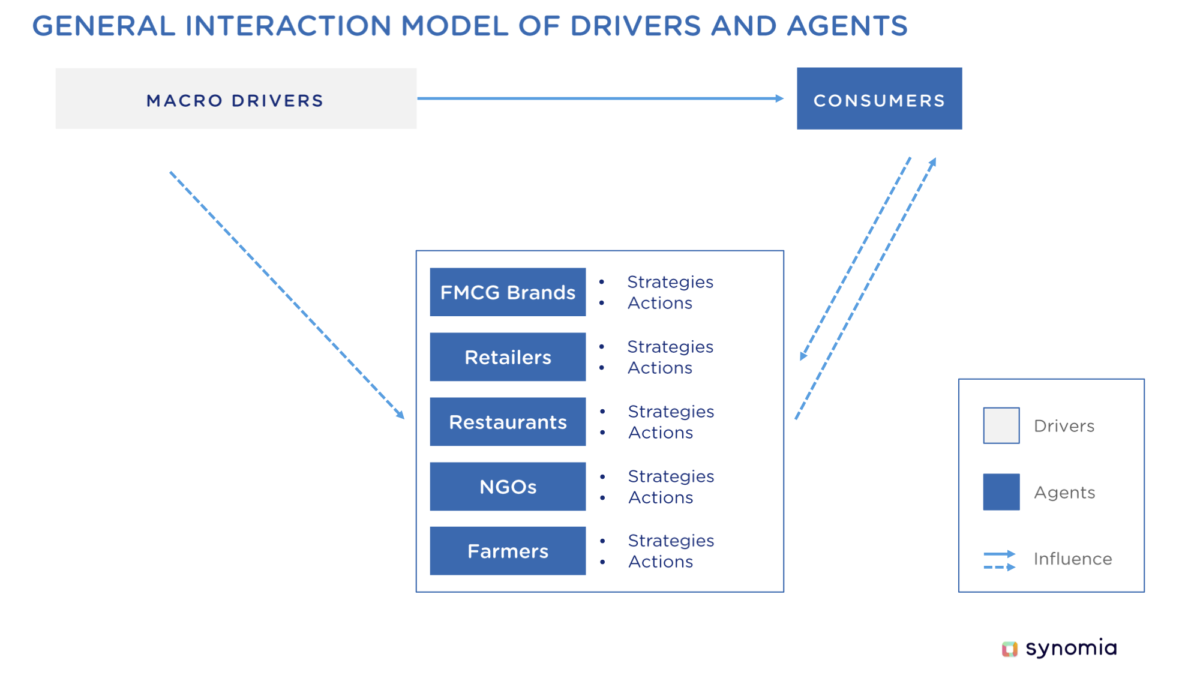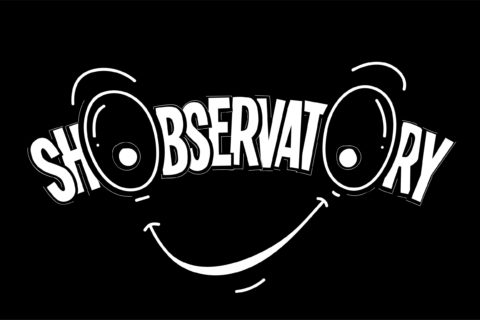For the first time ever, Danone’s ExCom could monitor its actions with a single reference framework to address all aspects of consumer behaviors, based on all available data sources, enabling them to take rapid and consistent action to adapt to the crisis along several dimensions: supply chain, marketing strategy, and brands engagements. This approach was truly innovative and unprecedented as instead of describing behaviors that are volatile and unstable, Synomia analyzed the underlying drivers that account for them.
- Context and origins of the collaboration
“There was a great deal of anecdotal evidence of changes, but the challenge was in how to decide what was most critical and what needed to be acted upon. This led to an unprecedented amount of questions that the standard information available could not answer – How would the early behaviors we were witnessing evolve during the crisis and what would be the long-term impact of the situation.”Joanna Dumont, Strategy & insights officer at DANONE.
In early April 2020, data overflow regarding a new and changing topic, business units working in silos with different realities and objectives and an uncertain business environment became every decision maker’s dilemma.
Danone rapidly decided to launch a project to make sense of this “new normal” reality amid Covid 19 with key objectives:
- To understand the shifts consumers were experiencing due to the Covid-19 situation and identify the emerging trends that’d impact Danone’s water, specialized nutrition and essential dairy and plant-based businesses globally. Indeed, shopping routine’s evolution or a prolonged lockdown’s consequences on birth rates were all questions raised by the situation.

- Measure the impact of these changes to drive the necessary transformation for the company’s teams (strategy, finance, supply) and key business functions impacted (branding, product range management, CSR, supply chain). For that matter, both tracking and scenario building for short to mid-term possible outcome were needed
- Project ambition: building a systemic approach to cover all variables and elements playing in the crisis
The many brainstorming (virtual) sessions clearly asserted that Danone’s teams wanted to list new consumer behaviors and map the relations and impact between them and all other elements creating these behaviors by:
- Gathering a consolidated view of the situation, as a common ground for discussion and decision making, both globally and across the organization
- Driving short-term monitoring of behaviors
- Providing longer term insights about consumers habits
To achieve this, Synomia’s semantic analysis AI analyzed hundreds of white papers, thousands of case studies, webpages and articles, expert publications from international organizations, dozens of consulting newsletters and analysis, weekly updates from market research companies, billions of social conversations to study, as well as various categories sales evolutions in 7 different languages from the ongoing flow of Covid 19 -related publications. The AI was able to extract topics, verbs and key emotions without human bias and at an unmatchable speed based on these publications.
These results were placed into a systemic framework encompassing macro-economic conditions, consumers emotions and new behaviors

Once the framework was setup, the next step was to break it down into even more operational streams:
- Tracking trend’s evolution through different stages of the pandemic with monthly data updates
- Contextualizing trend’s specificities both at the cultural level (with local data collections) and business division level (with focused insights on specialized nutrition, water or dairy & plant-based nutrition)
- Project outcome: creating an action plan for Danone’s short- and long-term initiatives
“A framework helped adjusting current plans and create meaningful innovation to meet consumer needs in a challenging time” Joanna Dumont, Strategy & insights officer at DANONE
The learnings were translated into operational recommendations for Danone’s communication & positioning, supply chain and innovation & marketing departments:
Communication & positioning: brands can now communicate in a more relevant manner during the crisis as well as turn lifestyle brands into purposeful “manifesto brands” that solve specific pain points for communities around the world.
Supply chain: analyzing key STEEP (Sociological, Technological, Economical, Environmental, Political) factors revealed the need to reorganize local distribution channels to limit the risks of slowed down globalization and to meet consumers increasing ecological mindset.
Innovation & marketing: In the short-term, the description of consumer habits helped brands redefine their marketing mix in terms of pricing and product ingredients. In the longer run, entire product offers are being developed to match emerging consumer needs.
Conclusion: Building a systemic view of the shifts happening globally is key to adapt in the new normal
In the end, the creation of a standard global framework for all World business units made a solid case that solving shared issues at a cross-functional level leads to more efficient and quick actions. It also demonstrated that brands must be more responsive to consumer sentiment when going through worrisome and life-changing events such as the COVID pandemic.


